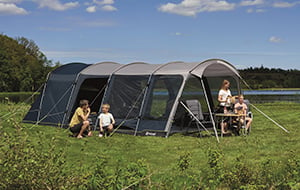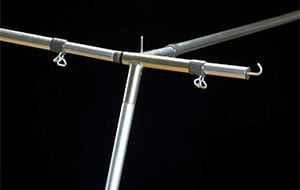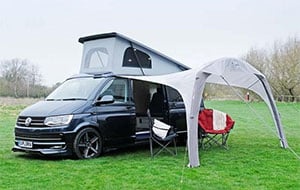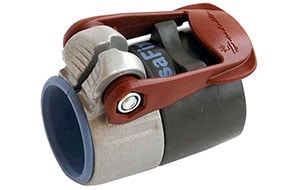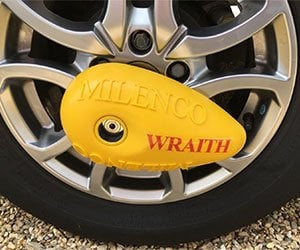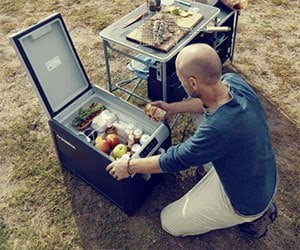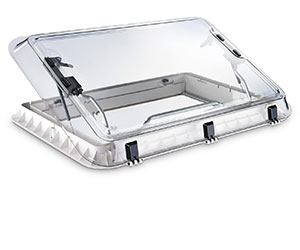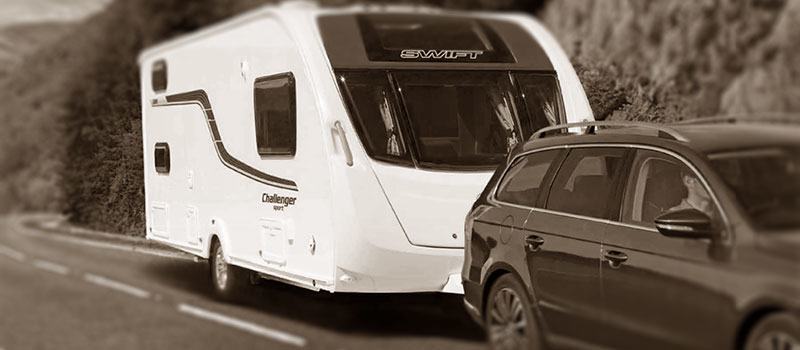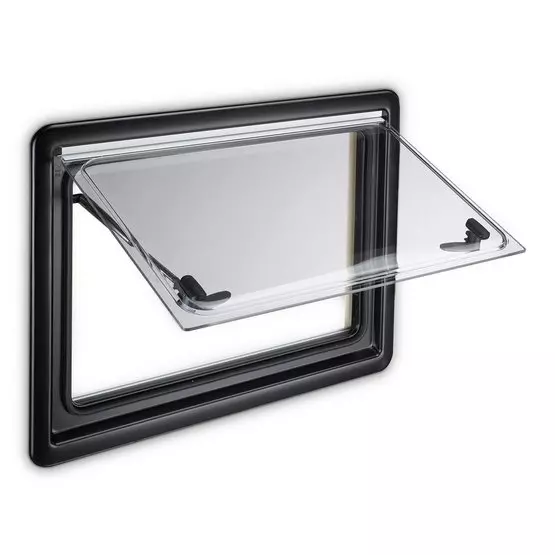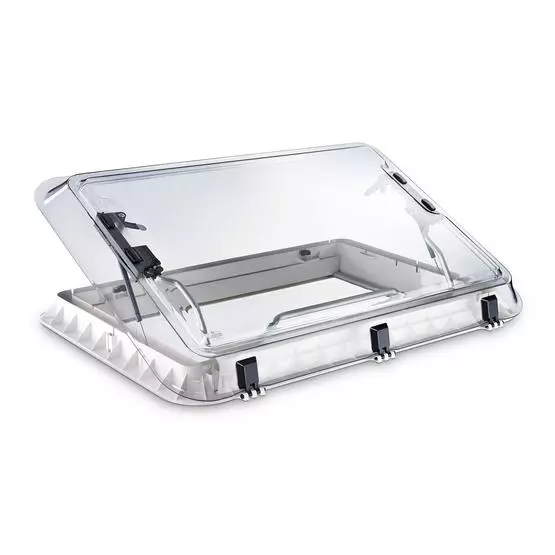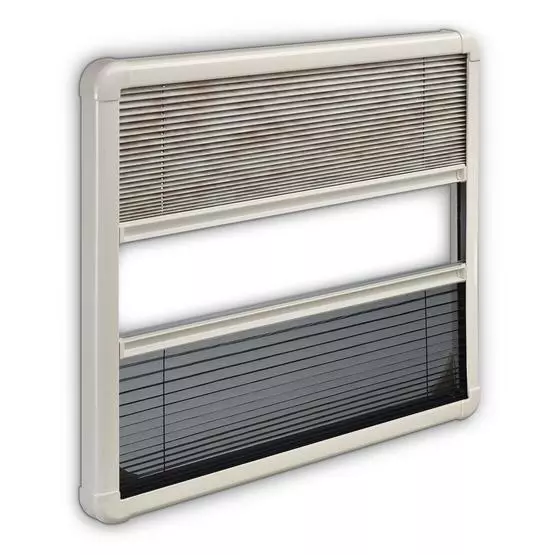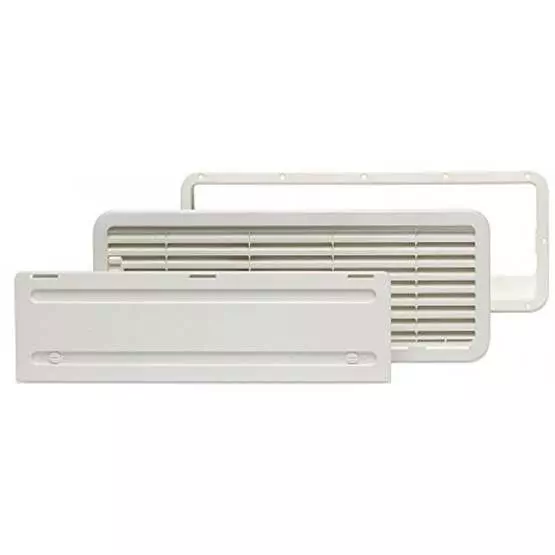Frequently Asked Questions About Campervan Ventilation
Campervans need minimum 0.35 air changes per hour for basic health requirements, following ASHRAE residential standards. This means completely replacing van air every 3 hours. For typical 500 cubic foot campervan, minimum 3 CFM continuous airflow prevents dangerous CO2 buildup. Active ventilation during cooking, showering requires 6-12 air changes hourly to control moisture. Two people sleeping generate 0.5 cubic feet CO2 hourly plus water vapour from breathing - inadequate ventilation causes headaches, concentration problems within hours.
Roof fans only work with adequate intake vents to replace extracted air - without intake vents, fans fight against sealed spaces and become ineffective. Common causes: blocked intake vents, no floor-level air vents, gaps in insulation creating cold spots, and oversized exhaust fans without matching intake capacity. Fix by installing louvered side vents at floor level, keeping windows cracked open, and ensuring intake area equals 60% of exhaust fan capacity. Many people install roof fans but forget intake vents completely, creating negative pressure that reduces fan effectiveness.
Standard campervans need 300-600 CFM roof fans for effective ventilation - higher ratings like 800-1000 CFM create excessive wind and waste battery power. Calculate minimum CFM using van volume: 500 cubic foot van needs 50 CFM minimum for basic health, 200+ CFM for moisture control during cooking. MaxxAir Deluxe provides 900 CFM maximum but runs efficiently at lower speeds for normal use. Fantastic fans typically offer 300-400 CFM - adequate for weekend use but insufficient for full-time living in UK humidity.
DIY installation possible but requires cutting roof holes, 12V wiring knowledge, and waterproof sealing skills. Common DIY mistakes: cutting wrong size holes, inadequate sealing causing leaks, poor electrical connections, no mounting frame causing stress cracks. Professional fitting includes warranty and proper weatherproofing. DIY saves money but roof leaks from poor installation cause thousands in damage. If unsure about electrical work or cutting metal, get professional quotes from campervan specialists.
Gas appliances need dedicated ventilation separate from general air circulation to prevent carbon monoxide poisoning. Three-way fridges require upper vent for hot air escape and lower vent for combustion air. Gas hobs need opening windows or extraction fans during use. Propane heaters need minimum 20 square inches permanent ventilation plus working CO detector. Never block gas appliance vents with winter covers except during storage below freezing. Poor gas ventilation kills people every year in UK through CO poisoning.
Overnight condensation happens when warm humid air from breathing contacts cold window surfaces - humans produce 40g water vapour hourly while sleeping. Stop by: cracking windows slightly with wind deflectors for security, running roof fan on low speed overnight, using moisture absorbers like silica gel, heating van to reduce relative humidity. Insulated window covers reduce cold surfaces causing condensation. Two people in small van produce pint of water overnight through breathing - this moisture needs escape route or forms condensation everywhere including inside cupboards and walls.
Clean existing mould with anti-fungal cleaners, not bleach which damages fabrics, improve ventilation immediately to prevent return. Mould appears within 24-48 hours in damp conditions over 70% humidity. Remove mould-contaminated soft furnishings that cannot be cleaned thoroughly. Install additional ventilation before mould returns - roof fans, side vents, moisture absorbers. Severe mould contamination requires professional remediation and may need interior rebuilding. Prevention cheaper than cure: adequate ventilation from start prevents mould growth completely. Health risks include respiratory problems and allergic reactions.
Most popular roof fans require 14-inch square opening - MaxxAir and Fantastic fans use 14x14 inch standard. Some models need 14.25x14.25 inch or 13x14 inch variations - always check manufacturer specifications before cutting. Measure three times, cut once - wrong size holes cannot be easily repaired. Template usually provided with fan but verify measurements against actual unit. Professional installers recommend making pilot holes at corners first, then connecting with jigsaw while wearing safety equipment including eye protection.
Winter ventilation still essential - heating systems and body heat create more humidity needing extraction. Keep some ventilation running even when cold to prevent dangerous carbon monoxide buildup from heaters. Frost on windows indicates inadequate ventilation and potential CO risk. Use fan on low speed to conserve battery while maintaining airflow. Never seal van completely in winter - people die from CO poisoning in sealed spaces with heaters. Compromise between heat retention and safety: crack windows slightly, run extractor fans intermittently, use breathable covers rather than complete sealing.
Power consumption varies dramatically by fan speed and model. MaxxAir fans use 0.05-3.5 amps depending on speed setting - low speed adequate for overnight use draws minimal power. Fantastic fans similar consumption patterns. Computer fans used in DIY systems draw 0.05-1.3 amps but move less air. Running roof fan on low 8 hours overnight uses approximately 2-4 amp hours from battery system. Size battery bank accordingly for extended off-grid camping - 100Ah minimum recommended for fan plus other electrical loads.
